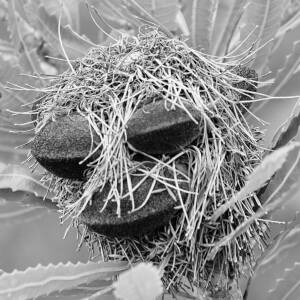Feeling seedy ...
... or just dandy.
The New York Times, in 1992, ran an article about the dandelion. It mentioned that the name originated from the French dent de lion, meaning 'lion's tooth'. A reader wrote to the editor:
I would like to add a bit of lore to your fine commentary. The Latin-to-French-to-English-etymology of "dandelion" is certainly accurate, but there's more. It is noted that "the French called it dent-de-lion." That's true, but it isn't the only word for the plant; in fact, dent-de-lion is a Johnny-come-lately in linguistic history. Its presence in French can be traced to only 1740.
For more than two centuries before that -- since 1536 -- the French have used "pissenlit," a word that is still in everyday use, even in botanical and culinary circles. (My 1988 edition of Larousse Gastronomique contains a recipe for "salade de pissenlit au lard" [ dandelion and bacon salad ] in a vinaigrette dressing.) This word underscores your observation that the dandelion has long been regarded as a diuretic, because pissenlit is translated as "urinate in bed."
And pissenlit has found its way into colloquial language as well. It was Victor Hugo who noted that being dead is called "eating dandelions by the roots" ("manger des pissenlits par la racine"). Come to think about it, that isn't so strange: we "push up daisies."
Here is a link to the New York Times letter, but I suspect it is only available to those who have a subscription:
https://www.nytimes.com/1992/05/16/opinion/l-french-get-graphic-about-the-dandelion-392592.html

Comments
Sign in or get an account to comment.


